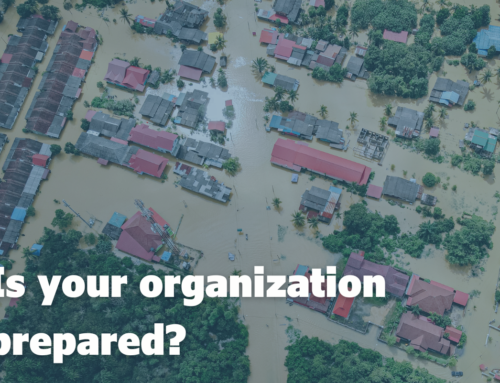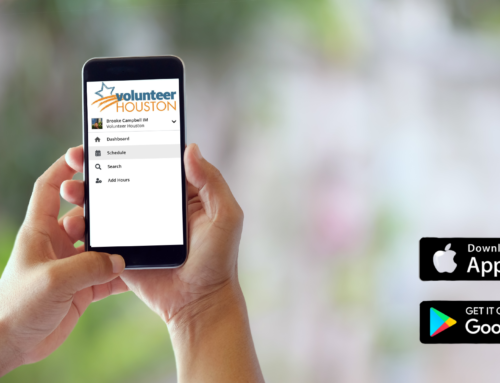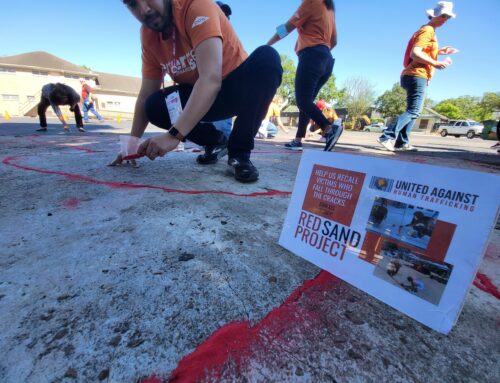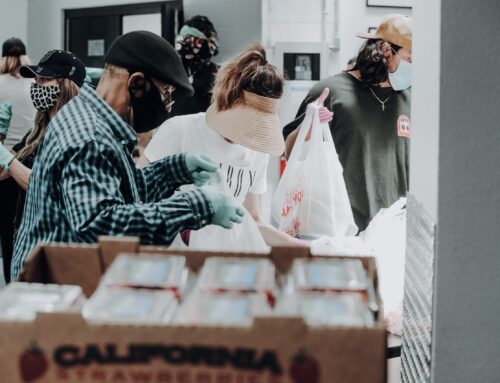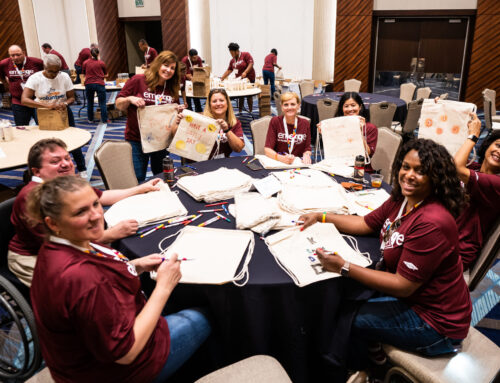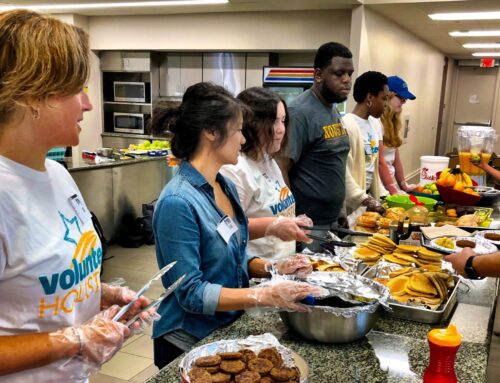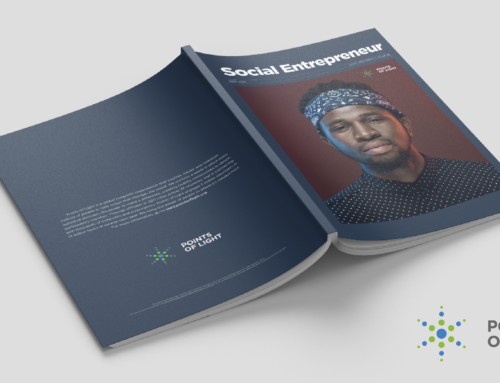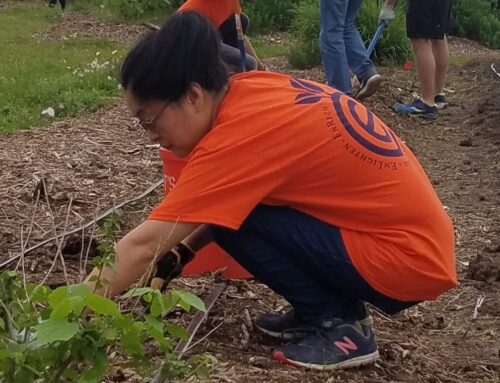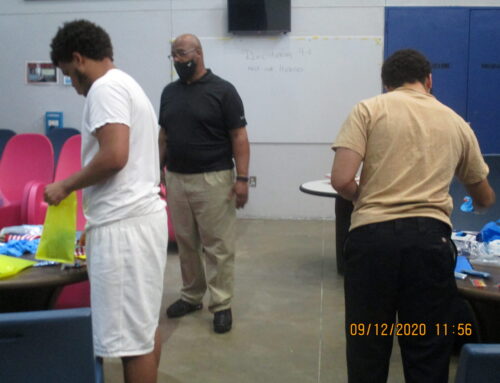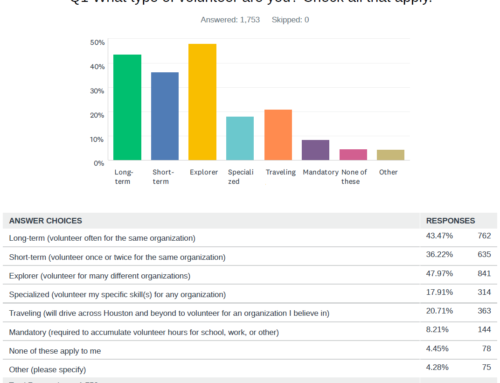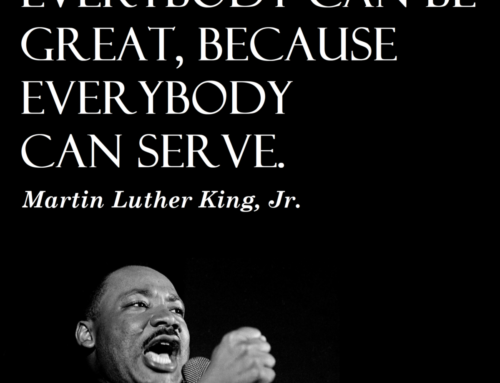Exploring The Long-Term Value of Service Learning
The term “service learning” has long captured the attention of students, nonprofits, and professionals all around the world. The opportunity to volunteer for a worthy cause while enhancing their own skills and development has continued to appeal to learners everywhere.
Here at the Nonprofit Leadership Alliance, we’re dedicated to the development of nonprofit staff members everywhere. We understand that providing professional development resources for nonprofits is key to enhancing strategies, retaining employees, and furthering overall missions. We also recognize that professional development opportunities should expand beyond just your staff members.
Service learning programs help the volunteers at your organization develop in new ways, creating a more attractive service experience and helping your organization succeed in your mission.
In this guide, we’ll cover various elements of a service learning experience that create long-term value for everyone involved:
- Transforming service into service learning
- Benefits for the learner
- Benefits for the nonprofit
Ready to take the deep dive into service learning value? Let’s get started.
Transforming Service into Service Learning
Before your nonprofit can really dive into creating service learning experiences, you need to confirm that you have a firm understanding of what service learning is and the part that it plays in the eyes of a volunteer.
Generally, service learning is discussed in the terms of a student program, allowing high school or college level volunteers to gain experience serving as a part of their educational careers. However, it can also be a part of anyone’s learning experience as they volunteer to do good work and gain additional knowledge from the experience. What sets service learning apart from traditional service isn’t the audience to whom the experience is catered.
What actually sets service learning apart is that the student or learner has a structured reflective assignment after they’ve volunteered their time. Without these feedback and reflective mechanisms, the activity would just be service (still good, but not quite as beneficial for the volunteer).
This is what the traditional service learning process looks like: a student takes on a service project for a local organization with the oversight of a faculty member at their educational institution. That faculty member creates assignments for the student to follow up on their experience. For example, they might need to define the various assignments they were asked to complete, summarize their experience, and discuss how the new skills they gained will impact their future careers.
The formal learning experience associated with the service learning opportunity may be incorporated into a learning management platform. For instance, if a nonprofit advertises a service learning experience, they may come up with their own reflective assignments learners should complete to wrap up a predetermined program. Or, sponsors and leaders of the program from the other side (education faculty, for example) can set the expectations for these assignments using their own systems of communication with students.
Consider the following example of what a service learning program could look like:
Environmental students start a service learning project at the forestry department for a state government facility. While they work to rid the land of invasive species, they learn about how the forestry department works with companies, the federal government, and other agencies to make the job possible.
When these students sit down to reflect on their experiences, they each write summaries about federal and state regulations, what those laws and rules look like in practice, and how they impact the protection of the environment.
Impacts for the Learner
We mentioned that a reflective aspect that might be incorporated into service learning opportunities is a discussion of how particular skills might enhance the students’ opportunities in the future. When nonprofits incorporate service learning opportunities into their strategies, they need to make sure the benefits and impacts for the learner are clearly defined and planned out.
When these opportunities are well-defined and advertised, the learner can choose a service learning opportunity that caters to their specific needs and interests.
Especially if a student is taking on the opportunity, they may have very specific skills they need to develop in order to gain course credit for the work they put in. A well-designed service learning experience will define both general “soft” skills and more specific skills for the program. Some of the general skills that learners may have the opportunity to develop include:
- Working with teams
- Project and time management
- Problem solving
- Critical thinking
- Public speaking
Then, in addition to these skills, the learner can gain experience with a technical skill relevant to the project itself. For example, a learner volunteering for a political campaign during an election year might learn about campaign event planning and management.
Nonprofits who set up specific programs might decide to take this learning a step further by providing optional course access for those who participate in their service learning opportunities. This is an additional benefit that combines both classroom-style learning and experiential opportunities.
No matter the skills nonprofits teach, don’t forget that reflection is the key to learning. Students will need to take the information and hands-on experience they gain and apply it in their own words. They may need to reflect on information such as:
- Comparisons between the textbook and reality in the sector of study
- Management styles they enjoyed or didn’t enjoy and why
- Leadership or communication styles they learned about themselves
- Types of activities they enjoyed or didn’t enjoy during their service experience
Asking students to define these experiences in their own words ensures they recognize the experience and can separate those specific skills against the service itself.
Impacts for Nonprofits
Nonprofits were some of the earliest adopters of service learning programs, partnering with high schools and colleges to provide valuable opportunities for the students. That doesn’t mean the benefits are limited to the nonprofit sector, however. Other sectors may offer these experiences, but for the purposes of this article, we’ll speak specifically to the benefits nonprofits may experience.
Building an engaging and attractive service learning program offers several benefits for nonprofit organizations. First, it builds a more valuable and attractive volunteer program that nonprofits can leverage to move forward towards their mission.
Not only are individuals able to gain additional value from the program, but if the organization partners with an educational institution, they’ll have a built-in audience for the opportunity. Instead of casting a wide net and hoping that volunteers will sign up, the nonprofit can cater their marketing directly to the students who might be interested.
More than just having additional hands on deck, nonprofits can create additional benefits for themselves simply by asking the right questions. For instance:
- Asking for students’ viewpoints on various activities helps nonprofits gain insight from a fresh, outside perspective. For example, a nonprofit looking for new opportunities to expand and grow might ask students for ideas or their opinion on the various options.
- Asking for students’ feedback about organizational operations can result in innovative ways to optimize activities. Many nonprofits have been doing things the same way for years and are too close to the situation to see how processes can be improved. Students with third-party viewpoints can identify these opportunities and help increase efficiency.
- Asking for a partnership with an educational institution not only opens up the opportunity for a built-in volunteer audience, but it also provides an opportunity to gain access to additional educational resources. Universities may be willing to share their database, journal, or library resources with nonprofit partners, providing additional professional development opportunities for staff.
If those don’t provide enough benefits, nonprofits may also find themselves with opportunities to grow their staff with individuals who already have experience with the mission. Let’s say a nonprofit is looking to hire new staff members to handle their fundraising or programming needs— they can reach back out to those who participated in their service learning program. These individuals will require less training to get up and running because they are already intimately involved with the mission.
Wrapping Up
If you’re looking to start your own service learning program, we have some last-minute general advice that you should consider before moving forward. Be sure to:
- Set realistic expectations. Different groups may be expecting different things from your program. Be realistic and set expectations for what it will look like early so they know what they’ll get out of the experience.
- Define projects appropriately. Scope succinct projects so that groups can handle a realistic aspect of your strategy. Service learning groups may not be able to handle organizing an entire fundraising event, but they may be well-equipped to handle designing a marketing plan or a social media strategy.
- Give specific feedback. If the group missed something obvious or dropped the ball on one aspect of their project, provide constructive criticism and challenge them to think outside the box about how they could improve in the future or get back on track.
Service learning provides benefits for all parties involved, but only when the program is well-designed. Good luck!
Susan Tomlinson Schmidt has dedicated her life to serving others through more than 25 years advancing the missions of social-impact organizations. Currently, Schmidt is the Nonprofit Leadership Alliance president, an organization that develops talent for the nonprofit workforce. She received her master’s in public administration from the University of Memphis and is a Certified Nonprofit Professional. Schmidt and her husband, David, a professional chef, have two sons, Patrick and Walker. They live in Leawood, Kansas.


